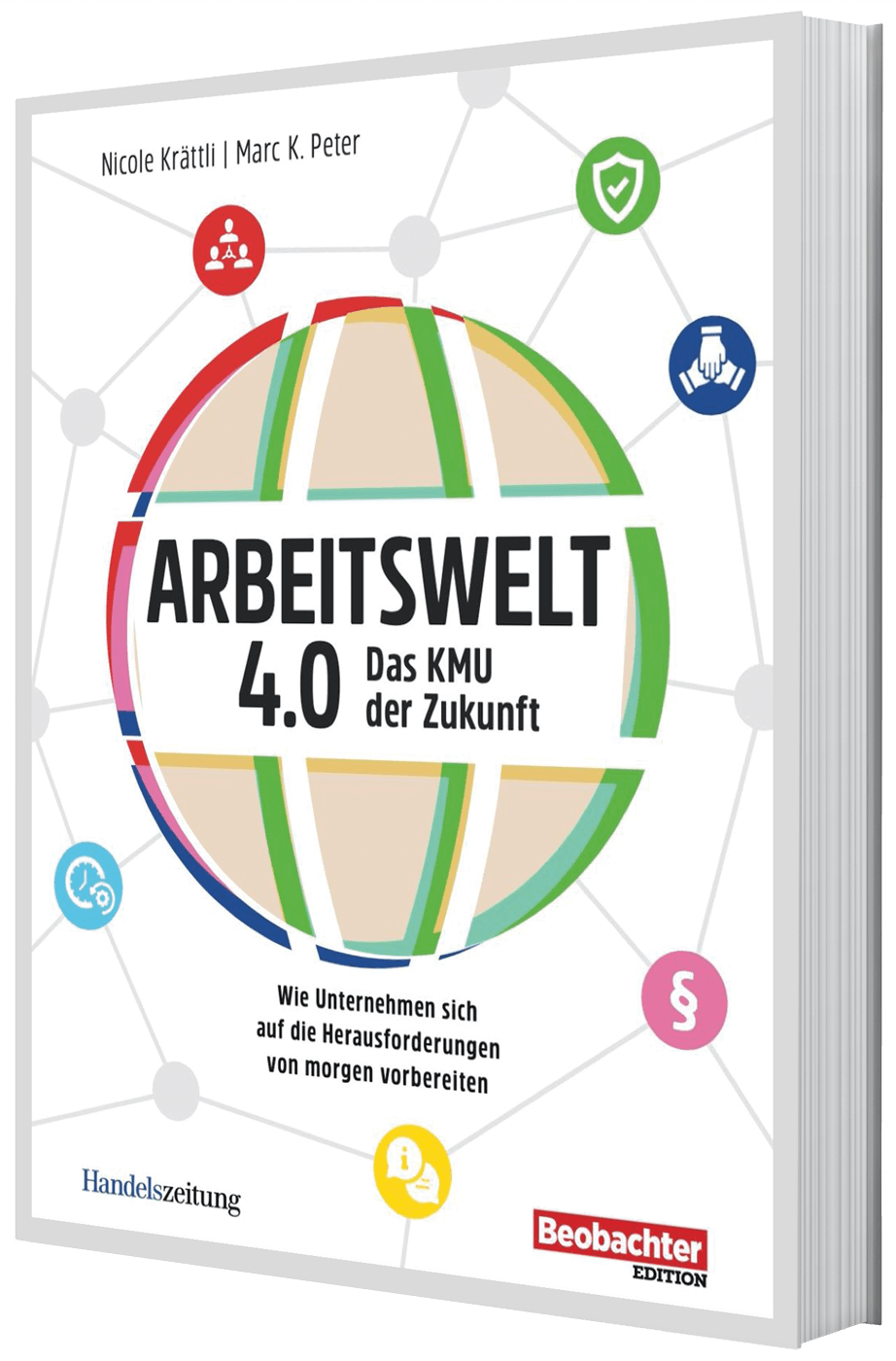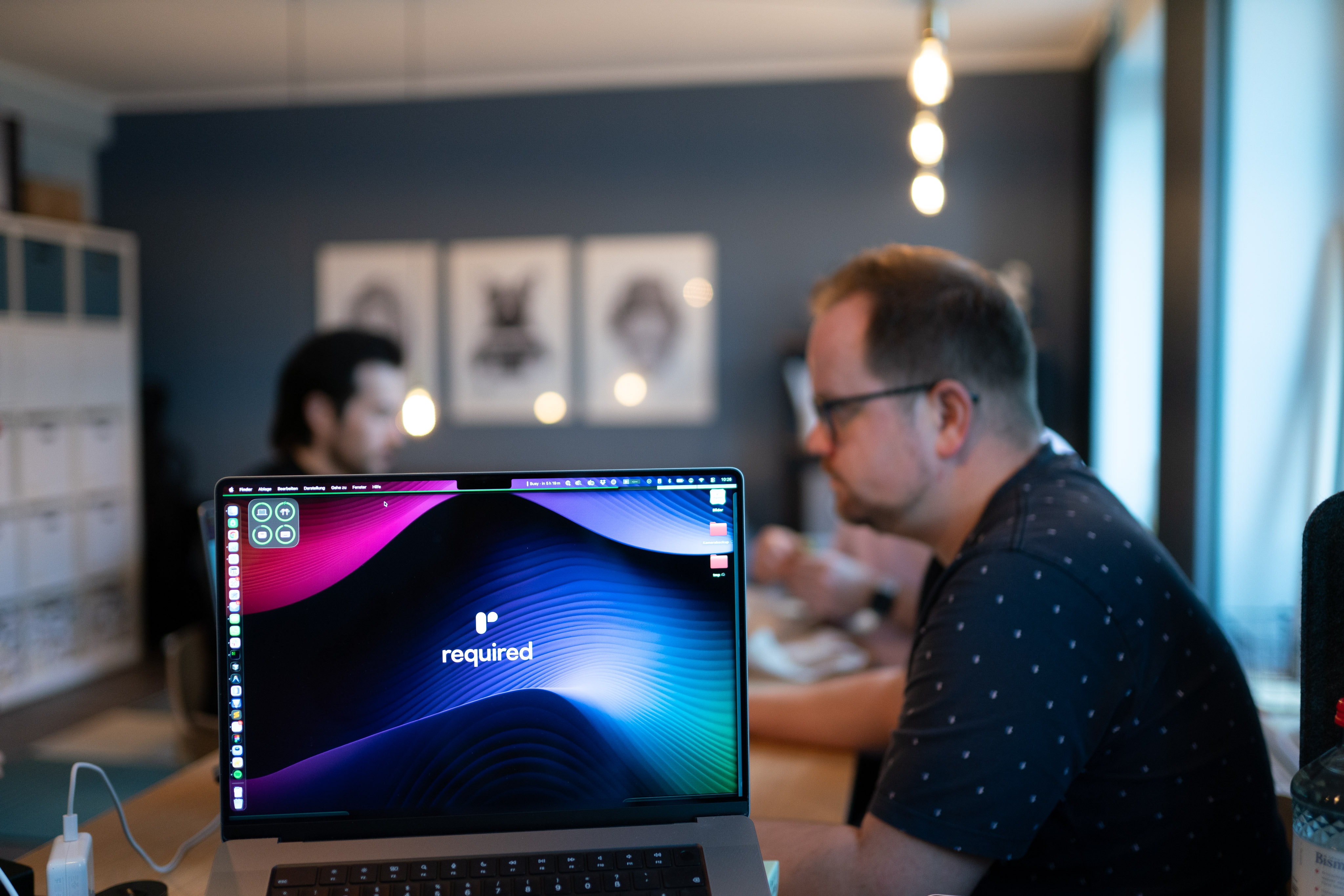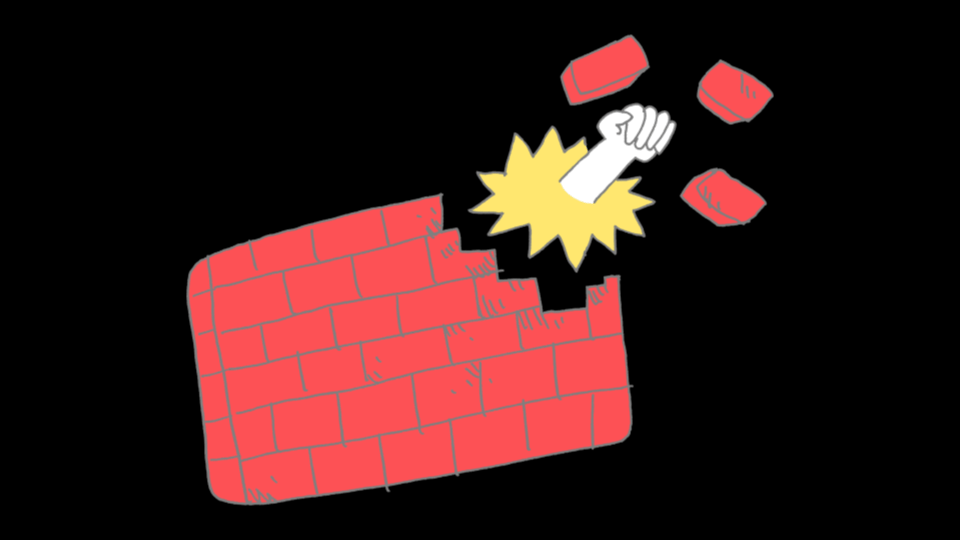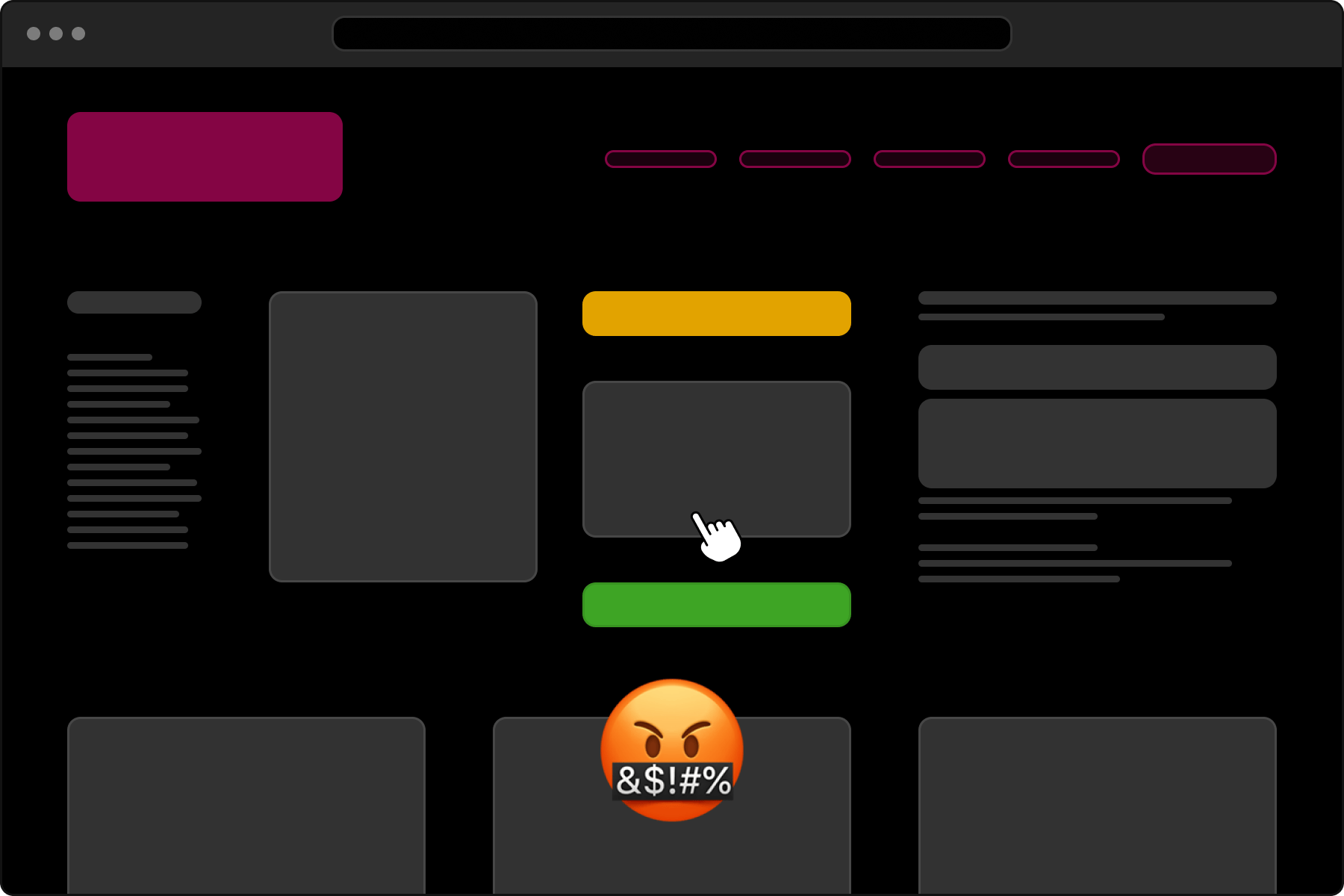
Interview from the book “Working World 4.0: The SME of the Future”

In a world that is increasingly connected and accelerated by digital technology, flexibility in terms of where and when you work is becoming more and more important.
The ability to work from different locations and collaborate across distances is leading to the development of new forms of work and employment structures. The future of work is already a reality. It is therefore urgently necessary to shape it proactively.
The authors Nicole Krättli and Marc K. Peter have written “Working World 4.0: The SME of the Future“, a practice-oriented handbook in which they deal with the interaction between people, working environments and technologies. In discussions with various specialists, they have compiled information, experiences, methods and tips.
We were able to provide information on the chapter “Dimension Technology: The Art of Virtual Collaboration” as a practical example.
Practical example: One team, many locations
The Swiss web agency required already focused on remote work when it was founded. Co-founder Stefan Velthuys explains what is important when working remotely.
Which tools does required use to master virtual collaboration?
Stefan Velthuys: With Slack, we have a virtual office where we can exchange information. We have business-related channels, but also some that are just for entertainment. We regularly hold video conferences via Zoom.
In the meantime, we also do so-called “walk and talks”, where we are only connected via audio and go for a walk together and discuss all kinds of things.
Notion helps us to document topics that should have a longer shelf life than Slack messages. Google is also essential for us with tools such as Google Docs, Sheets and Slides. These allow us to work together and simultaneously in the same document.
We have shared mail inboxes in HelpScout. This allows all team members to respond to customer inquiries and their answers are documented. This ensures that everyone is always on the same page.
How did you select these tools?
We tried out a lot of tools before we actually used them.
It is very important to us that the tools work on all devices. On desktop computers as well as on mobile devices and directly in the browser, so that we also have access on the go and the tools work regardless of the device.
Of course, cost is also a factor. However, you should not save money on tools that accompany you constantly. It’s money well spent.
Are there things that collaboration tools cannot replace?
Physical meetings cannot be completely replaced. That’s why we meet up at least twice a year. Then, for example, the whole team travels to Valais to work and spend time together in a co-living/co-working space.
Remote often also means asynchronous. How difficult is this actually in everyday working life?
Almost everything has to do with communication. If you know that your colleague is going to be offline for the next few hours, you can be well prepared. Asynchronous working also means that you have to document more in writing so that any questions don’t even arise in the event of absences.
This forces you to put a little more time into the description or documentation, which ultimately helps everyone.
What other challenges need to be overcome when working remotely?
Trust is immensely important. You don’t always see each other and can’t just pop into someone’s workplace. It is also more difficult to assess the emotional state of others. Empathy and understanding are therefore also very important. As a location-independent company, you have the opportunity to choose from a larger talent pool when recruiting. The challenge here is to find employees who are not bothered by not having an internal social network on site.
What advice would you give companies that want to focus more on remote working?
Work processes must be clearly defined and documented. Employees must also be given sufficient freedom and flexibility. This also means that, as an entrepreneur, you have to give up a certain amount of control.
Micromanagement is out of place. “If I don’t see the employees, I don’t know whether they are working” would be an unhelpful attitude for remote working.
What advice would you give employees who are considering working more remotely?
It is very important to furnish your home office well. A good table and chair are essential. It also makes sense to buy an external screen if you work with a laptop. Working at the dining table or on the couch is not healthy in the long term. When choosing a co-working space, it’s worth working for a trial day to assess whether the environment is right for you. Employees must also be aware that they need to have or develop a high degree of self-discipline and responsibility.

Working world 4.0
The SME of the future
Leadership, workplace design and the use of technology in the digital age.
The book is published by the Schweizer Beobachter in collaboration with the Handelszeitung.
The authors are Nicole Krättli and Marc K. Peter.





